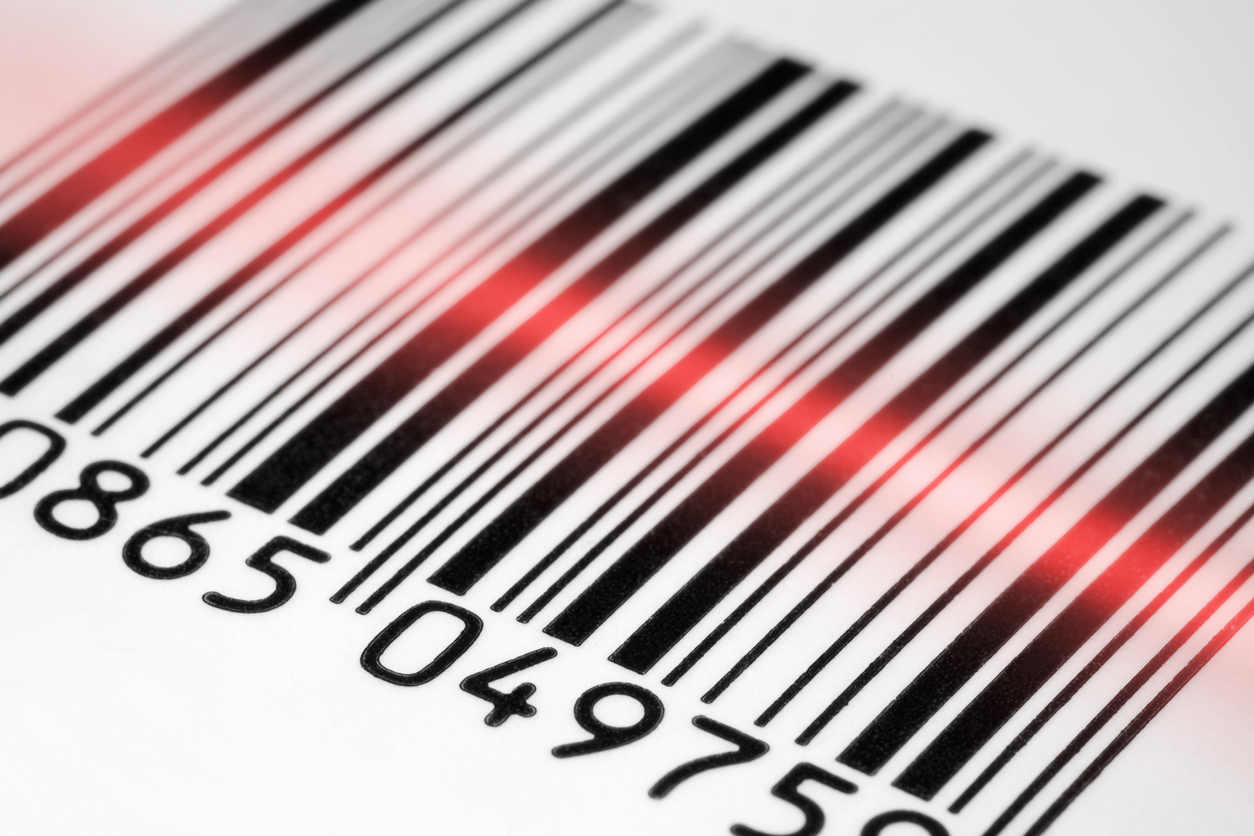
In 2020, the TGA are implementing a range of changes to the medical device regulations due to a number of reasons; some of which include changes to the European device regulations and new technologies now considered medical devices. The TGA have released an Action Plan, which has a 3-strategy approach to implementing the changes. The Action Plan Strategy 1 – Improving how new devices get on the market The TGA is strengthening its assessment processes and oversight of how devices are approved for use on the Australian market. Better assessment of new......
Continue Reading

In the modern era of manufacturing its common for a company to make the decision to outsource part or full manufacturing of medical devices to a sub-contract manufacturer/critical supplier. There are many reasons for the medical device manufacturer to do this i.e. expertise, scale of manufacture, latest technology and cost. Its vitally important to select the right sub-contract/critical supplier manufacturer. How to find the right sub-contract/critical supplier manufacturer: Size – This will determine their ability to meet your manufacturing needs, whether this is with specialised equipment or the newest technologies. Consider the......
Continue Reading

What is this role? This is a new regulatory compliance role introduced by the Medical Device Regulation (MDR) 2017/745 and In Vitro Diagnostic Regulation (IVDR) 2017/746. This is the first time a role of this type is officially recognised and must be appointed by the manufacturer. This is a separate role to that of the Authorised Representative. How to comply? Article 15 in the MDR and IVDR is entirely dedicated to the definition of the requirements, tasks and duties of the Person Responsible for Regulatory Compliance. It requires that manufacturers have at......
Continue Reading

When does the MDR become applicable? The MDR will come into force May 2020. What does the introduction of the MDR mean? The MDR replaces the EU’s existing Medical Device Directive (MDD) (93/42/EEC) and Directive on Active Implantable Medical Devices (90/385/EEC). The purpose of the MDR is to improve traceability and safety of devices in the EU. Changes required to transition to MDR: Assess Device Classifications Some device classifications as per the MDD have been retained, while more have become more stringent, which can result in a device being reclassified as a......
Continue Reading

In recent years there has been increased emphasis on data integrity, as this is a critical factor for the manufacturer in measuring the quality of their product and their credibility. What is Data integrity? Every organisation knows the saying, ‘If it isn’t written down, it didn’t happen’, this is fundamental in a manufacturing environment. Data is essential in the manufacturing process, without data how can the integrity of the product or processes be proven, without data it is harder to identify risks and opportunities for improvement. The FDA identify data integrity as......
Continue Reading

Post market surveillance (PMS) activities are part of the manufacturer’s overall quality management system, whereby it provides continuous feedback about a device on the market, ensuring that a high standard of product quality is maintained, as it monitors the safety of the device post launch. PMS is a requirement for the main markets i.e. US, Europe, Australia, etc. In Australia, the Therapeutic Goods Administration (TGA) is responsible for medical devices, this includes the monitoring of the ongoing safety, performance and quality, of devices which have been included on the Australian Register of......
Continue Reading

The new MDR will apply across EU Member States from May 2020, under this regulation there are defined obligations which lie with the major stakeholders in the device lifecycle. These obligations need to be fulfilled to ensure compliance with the regulation when placing the device on the market. Manufacturer Dependent on classification of the device, will get a CE certificate from the Notified Body or self-certify the device. Affix CE mark. Responsible for placing CE marked product on the market. Responsible for registering products on the EUDAMED database Retain technical documentation, CE......
Continue Reading

With a Brexit deal or no Brexit deal still on the cards, when either outcome comes into effect, the UK will be considered a third country. Countries which are located outside the EU are considered ‘third countries’. To ensure uninterrupted market access, it is advised for manufacturers to prepare for Brexit. Implications for product on the Australian market: The TGA will continue to recognise conformity assessments from UK based Notified Bodies for existing and new ARTG listings and applications. The TGA will recognise: Device certifications by UK notified bodies through 31 Dec......
Continue Reading

Do you need to comply with the Advertising Code 2018 if you already comply with ISO 15223-1? The answer is yes! Selling medical devices on global markets requires that labelling must comply with local region labelling and advertising requirements. Each country will have specific requirements, so how are they addressed to satisfy Australian Market requirements? First thing to consider for your device, does the labelling requirements meet the Essential Principle 13.1, schedule 1, Part 2. This information can be depicted with the use of symbols defined in ISO15223-1 Medical Devices – Symbols......
Continue Reading
0
Unique device identifiers (UDI)
Posted by:admin
December 19, 2018
in:EU, FDA, Medical Technology Regulation, News, TGA

What is it? This is a system by which medical devices are identified through their distribution and use. UDI information must be placed on the label and/or package of the device and will be both human and machine-readable form. The UDI is a set of alphanumeric codes which consists of both a device identifier (this is company and product code) and production information (manufacturing information: product name, expiration date, lot/batch numbers, manufacturer details). How and when to comply: US (FDA)In 2013 the FDA released a rule which determined that there would be......
Continue Reading
